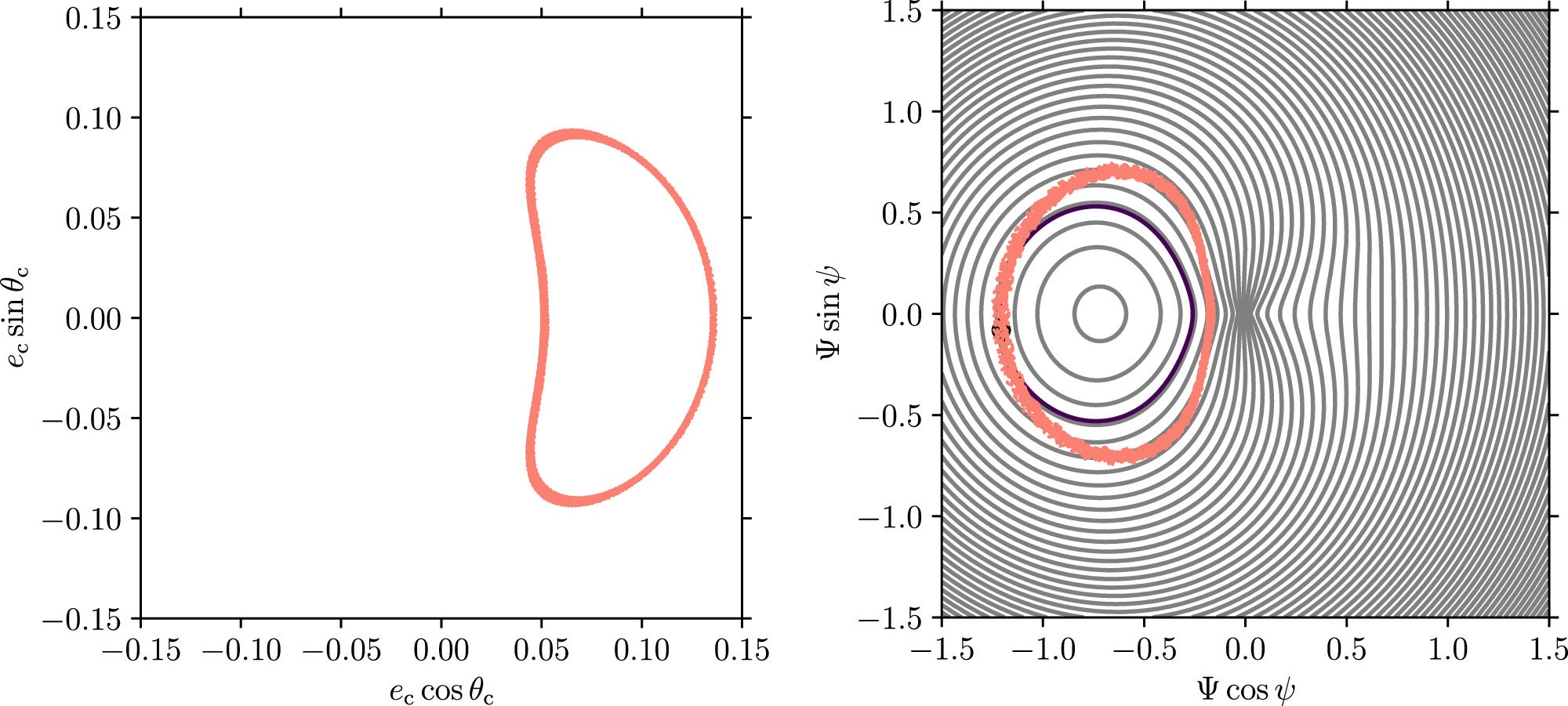The discovery of planets outside our solar system has reshaped humanity’s understanding of the universe. Since the confirmation of the first exoplanet around a main-sequence star in 1995, astronomers have identified over 5,700 exoplanets, revealing a diversity of planetary systems unimaginable just decades ago.
Among these, “hot Jupiters,” massive gas giants orbiting their stars at incredibly close distances, continue to intrigue scientists due to their unusual characteristics and origins.
The discovery of TOI-1408c, a peculiar planet in a system featuring a hot Jupiter, sheds new light on planetary formation theories and the complex dynamics of such systems.
Hot Jupiters, gas giants with masses greater than 0.1 times that of Jupiter and orbits shorter than 10 days, challenge conventional ideas of planetary formation. Traditional theories suggest planets form far from their stars, where temperatures allow solid materials to coalesce.
For hot Jupiters to end up in such close orbits, scientists propose mechanisms like migration through gas disks or gravitational interactions with other celestial bodies. However, questions remain, particularly when these massive planets are accompanied by smaller, low-mass companions.

Theories about the formation of hot Jupiters typically fall into two camps. Some suggest these planets migrate inward from beyond the ice line through interactions with their surrounding gas disks during formation.
Others propose high-eccentricity migration, where gravitational interactions with other bodies force these planets into highly elliptical orbits, which then circularize due to tidal forces.
Observational evidence for both scenarios exists, but the lack of smaller planets within the orbits of most hot Jupiters supports high-eccentricity migration as a dominant process. However, exceptional systems like TOI-1408 defy this pattern, requiring alternative explanations.
Published in The Astrophysical Journal Letters, scientists have discovered that TOI-1408b and TOI-1408c form an unusual planetary system located 455 light-years from Earth.
TOI-1408b, a grazing hot Jupiter, orbits its star every 4.42 days. Its companion, TOI-1408c, is a smaller planet with a radius 2.2 times that of Earth and a mass approximately eight times that of Earth.
Related Stories
This sub-Neptune planet lies close to its larger neighbor, completing its orbit in just 2.2 days. The two planets exhibit a near 2:1 orbital resonance, where their periods are nearly in sync, creating significant transit timing variations (TTVs).
Transit timing variations are changes in a planet’s orbital timing caused by gravitational interactions with nearby planets. For TOI-1408c, these variations amount to 15% of its orbital period—the largest relative TTV amplitude ever measured.
These interactions reveal that TOI-1408c’s orbit librates, meaning it oscillates within a resonant range, a behavior indicative of a tightly coupled gravitational relationship between the two planets. Such dynamics suggest a formation history that differs from the high-eccentricity migration scenario typically invoked for hot Jupiters.
The discovery and analysis of the TOI-1408 system relied heavily on data from NASA’s Transiting Exoplanet Survey Satellite (TESS). TESS, launched in 2018, has observed over 7,000 potential exoplanets, including this extraordinary system.
Additional ground-based observations, including radial velocity measurements, confirmed the presence of TOI-1408c and refined its physical and orbital properties. These measurements also hint at a third body in the system, potentially a distant planet with an orbital period spanning several thousand days.

Judith Korth, an astrophysicist at Lund University and leader of the study on TOI-1408c, expressed excitement about the discovery. “The small planet exhibits very unusual orbital behavior and shows considerable variations regarding the time when it passes in front of its star, which is something that we don’t see as a rule,” she said. These findings challenge existing theories about planetary formation and stability, offering a unique case study for researchers.
TOI-1408c’s peculiarities lie not only in its orbital dynamics but also in its proximity to a hot Jupiter. Systems like this are rare, with few examples such as WASP-47, WASP-84, and TOI-1130.
These systems require dynamically quiet formation processes, like disk migration, or even in situ formation, where planets form close to their current positions. The TOI-1408 system provides a valuable opportunity to explore these possibilities.
Discoveries like TOI-1408c advance our understanding of how planets form and evolve. By studying the interactions between planets in resonant systems, researchers can infer details about their migration histories and the forces shaping their orbits.

The presence of a hot Jupiter alongside a low-mass companion challenges simplistic models and highlights the diversity of planetary systems in our galaxy.
“Our results will help researchers to learn more about how planets are formed and how they behave when they are very close to each other, particularly in systems with giant planets,” Korth said. The findings also underscore the importance of continued exploration.
As TESS and other instruments uncover more exoplanets, scientists hope to build a more comprehensive picture of the processes governing planetary systems.
The TOI-1408 system’s complexity serves as a reminder that planetary formation is far from a straightforward process. Each new discovery adds nuance to our understanding, revealing that the universe is more intricate than previously imagined.
Future studies of systems like TOI-1408 will undoubtedly uncover further surprises, pushing the boundaries of our knowledge about the cosmos.
Note: Materials provided above by The Brighter Side of News. Content may be edited for style and length.
Like these kind of feel good stories? Get The Brighter Side of News’ newsletter.
The post Scientists baffled by ‘Hot Jupiter’ exoplanet’s irregular motion appeared first on The Brighter Side of News.